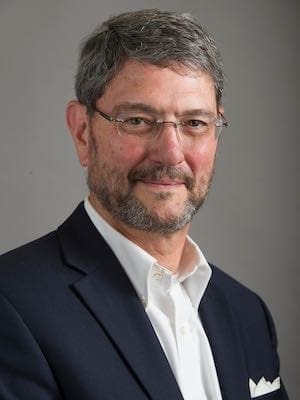From the 1848 Women’s Rights Convention at Seneca Falls to the ratification of the 19th Amendment 72 years later, Christian religion and women’s suffrage kept close, if not always cordial, company.
At the 1840 London Slavery Convention, internationally renowned clergy debated the presence of Quaker leader Lucretia Coffin Mott and Methodist seminarian Elizabeth Cady Stanton. The convention finally seated the two women—out of sight behind a curtain with instructions to keep silent.
Years later, in plain sight with plain speech, those two Americans convened the Seneca Falls meeting in a Methodist chapel. Still later, ordained Methodist minister Anna Howard Shaw led the National American Women’s Suffrage Association down the stretch to passage of the 19th Amendment.
Throughout the long campaign, Baptists divided along regional, racial and gender fault lines for and against women’s right to vote. Northern Baptists were more likely than Southern Baptists to give women the vote inside or outside of church.
Stanton and Susan B. Anthony founded the National Woman Suffrage Association in 1869 after the supporters of the 15th Amendment—granting African American male suffrage—abandoned the women’s cause for reasons of political expediency. In historical parallel, Baptist missionary-appointing societies by women and for women appeared among Northern Baptists in the early 1870s.
Working closely for women’s suffrage with Anthony in Rochester, N.Y., Helen Barrett Montgomery became the first woman ever elected to public office in that city. Montgomery also presided over American Baptists’ woman’s mission society and was the first female president of the Northern Baptist Convention.
Baltimore’s Annie Armstrong, Barrett’s contemporary counterpart in the Southern Baptist Convention, would not speak in a public meeting if men were present. In 1906, the year Anthony led a Baltimore Women’s Rights Convention, Armstrong resigned as head of the SBC’s Woman’s Missionary Union partly to protest ministerial education for women in the same setting as men.
In 1888, the same year the WMU formed to support SBC missions (though the women did not direct expenditure of funds), the SBC amended its constitution to prevent women from voting at its annual meeting. This restriction remained in place for 30 years, as did Southern Baptist opposition to women voting outside the church.
Virginian Nannie Helen Burroughs brought women’s rights to the forefront of the largest African American Baptist denomination. In 1900 at the National Baptist Convention, 21-year-old Burroughs delivered with “righteous discontent” a speech titled “How the Sisters are Hindered from Helping.”
Women had served on the boards of the male and clergy-led NBC from its founding; Burroughs’s speech launched the self-supporting Woman’s Auxiliary to the NBC.
During its 61 years under the leadership of Burroughs, the WA became an independent forum where black Baptist women acted upon social issues like women’s suffrage and denominational concerns.
Burroughs’s criticism of President Woodrow Wilson’s silence on racism resulted in her activities being secretly monitored by his administration’s military intelligence department. Through the WA she promoted the vote as a defense against male-dominated political abuse of black women.
In spite of resistance from most men—and more than a few women—in the churches and from the pulpits, Protestant clergymen were the male group most likely by far to support women’s suffrage, except among Southern Baptists.
Loyd Allen is professor of church history and spiritual formation at the James and Carolyn McAfee School of Theology.
FURTHER READING
Righteous Discontent: The Women’s Movement in the BlackChurch 1880-1920
“Helen Barrett Montgomery,” in Western New York Suffragists: Biographies and Images

